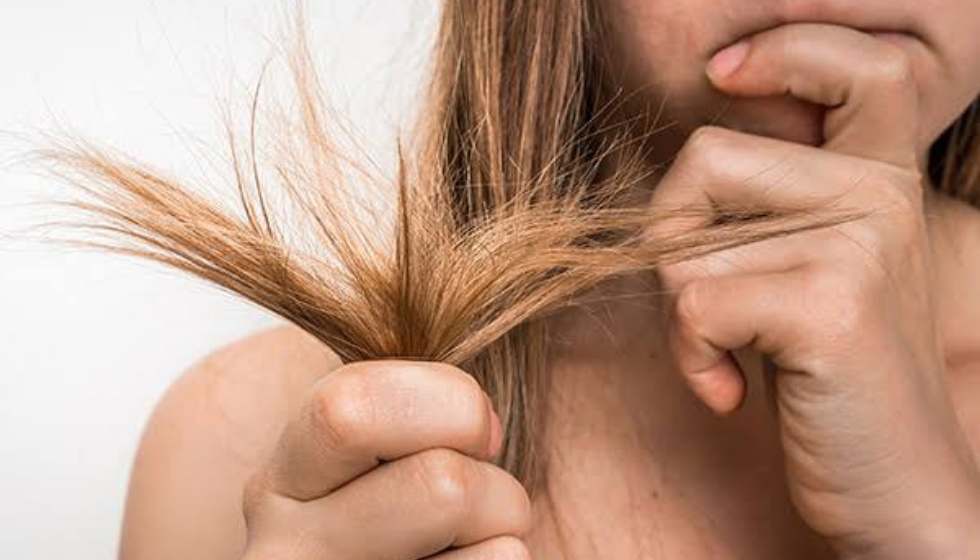Falling hair and changing the hair color from black to white is a common issue of hair damage. But do you know without knowing, your hairs are damaged when you don’t notice the things that affect your hair?
You wash it, brush it, blow-dry it, arrange it, curl it, and apply all varieties of products to it.
There’s no mystery your hair goes through the wringer on any granted day. Before you understand it, your hairs can show symptoms of the damage, from split ends to uncontrollable frizz—and the older we become, the more it generally thins out. It seems dull or damaged, even without over-processing.
Damaged hair is delicate, so it manages to break. Hair breakage can transmit to frizzy, unhealthy hair. If we continue to damage our hair, we may finally see thinning hair or even bald spots.
Most of us aren’t as sensitive to our hairs. From highlights to lowlights, chemical perms to chemical straightening, blow-drying, braiding, and bleaching, how we treat our hair has an immediate impact on how healthy or unhealthy it seems.
How Hairs are getting damage
There are several things because hairs are getting damage, hair fall causes, even you know some things that give you the damage of hairs.
Using too much conditioner
To avoid oily coasts, apply conditioner on the hair’s ends, where it needs hydration, not the scalp, Abramite states.
Begin with a number about the size of a dime (yes, a tiny dime), and attempt to separate it evenly throughout the hair.
If required, up the amount, but never pass a quarter size. “If you’re practicing a half-dollar size of the product, you will surely be using a lot of money on shampoo and conditioner and not making much for your hair.”
Bleaching
Bleaching your hair enters the cuticle with chemicals and raises your natural pigment,” Mirmirani says. “You are changing the structure of your hair, giving it more susceptible to damage.”
Once you bleach, she teaches, you’ve changed the strength of your hair, giving it weaker. If you continue blow drying and styling on top of bleaching, you can hurt your ‘do, making hair breakage, a simple look, and split ends.
Using the wrong shampoo
Sulfates, the cleansing factors in shampoos, “have grown the gluten of the hair world,” states Erika Wasser, founder and CEO of Glam & Go. There’s a bunch of hype around them—some of it valid, some not.
While they pose any severe health hazards, some people obtain these chemicals dry out hair, skin, scalp, or strip away color, Abramite says.
If you’re viewing tangling, frizziness, and cut ends, try a sulfate-free shampoo, which can clean your hair lightly. Just have in knowing it won’t get as sudsy as a natural shampoo, she states.
Colouring Hairs
Highlights and semi-permanent colors aren’t as damaging as bleach, but they aren’t without results. They can also improve the hair’s inner structure, causing a lackluster appearance and dryness, especially if you frequently color to hide roots or grey hair.
Perms, highlights, lengths: In our search for beauty, are we losing the hair on our heads? Here’s a breakdown of the damage too much styling can wreak on our tresses.
Brushing hair when it’s wet
Wet hair is significantly weaker than dry hair, so approach it carefully.
One of the most dangerous things you can do is pull a brush through it, pushing knots apart. Instead, try brushing your hair before hopping in the bath to work knots and air out the roots.
When your shower, think of using a wide-toothed comb to work the conditioner through your strands.
After using a comb to pull out tangles from the bottom, tugging your way up to the roots for the smallest damage. Bottom line: Use a brush only on dry hair and a wide-toothed comb on wet hair.
Over shampooing
Over-washing can wash off your hair’s essential moisture that benefits your hair seem healthy, getting your hair dry.
Although a notable amount of research has moved into producing shampoos beneficial for your hair, you can yet get too much of a great thing.


